Im not exactly from the EE field and I would happy for guidance. long question a head:
Im trying to build a circuit for keep running Raspberry Pi using solar panel + rechargeable battery.
I came across this nice article. on the bottom of it, there is section of Power Sharing which seems like good and working design. but the thing is that this design talking about two scenarios:
1. what happens when power source connected (both load and battery getting current)
2. what happens when power source disconnected (load getting current only from battery)
Now, I thought to use that design and add the solar panel so it will feed both the load and the battery.
On sunny day, we have no problem, both the load and the battery getting current:

The issue is what happens on bit cloudy day. the solar panel could output much smaller voltage than 6v so it will be necessary to detach the solar panel from the P-Channel-Mosfet, so the load will get its current only from the battery.
If I keep the wiring like this:
The voltage could be not low enough for influence the Gate and feed the load only from battery + the DC-DC will not react good to 3v\2v\1v because it minimum voltage is ~6v.
So I understand that there is a need to disconnect the solar panel , so the gate will 'turn on' the mosfet and current will flow from Drain to Source and feed the load + disconnect the charge controller. so we have two options:
So, I guess my questions are:
The main question- How can I disconnect the solar panel (option 1 \ option 2) when the voltage gets under threshold voltage (for example 4v)? there is a need with another power source of that threshold for comparison (less preferred option)? if there is a way implementing it without chips \ minimum waist of current from solar panel (I guess with mosfets) it will be very helpful.
The values on this example are not set yet (solar panel + DC-DC conv + pull down resistor), Im looking for DC-DC that can get as input range of
~3v to >15vand output5vbut couldnt find one, minimum input is about 6v.. is there unit that can implement that? (the rest of the values will be setaccording to DC-DC inputvolatage)
Sorry for the long question :)
Thank you all!


